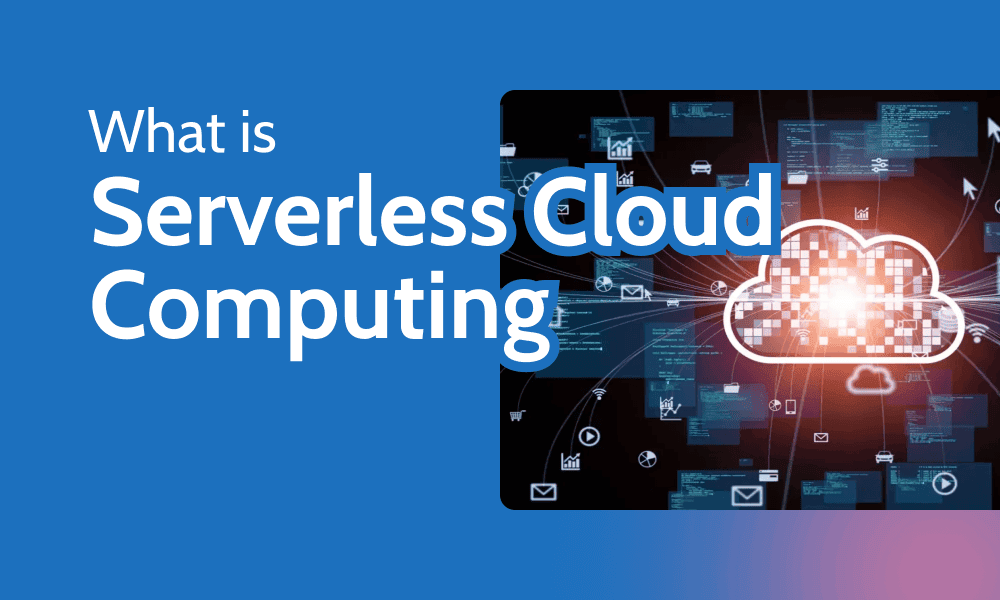Cloudwards
1w
42

Image Credit: Cloudwards
What Is Serverless Computing? Meaning, Types, Benefits & Challenges
- Serverless computing eliminates infrastructure management, allowing developers to focus on writing function code while cloud providers handle the infrastructure management tasks.
- It follows an event-driven execution model triggering functions based on events like HTTP requests and storage changes, with AWS Lambda being a prominent player in enabling serverless computing.
- Serverless computing types include Function as a Service (FaaS), Backend as a Service (BaaS), serverless containers, and serverless databases, each serving specific application development needs.
- Benefits of serverless computing include cost-efficiency, reduced operational overhead, faster time to market, and built-in high availability and fault tolerance.
- Challenges of serverless computing involve cold starts, vendor lock-in, execution time constraints, and complex debugging and monitoring due to the stateless nature of serverless applications.
- Common serverless computing use cases include real-time data processing, IoT data processing, business process automation, API backends, and chatbot development.
- Serverless architecture allows developers to focus on writing code while the cloud provider handles infrastructure tasks, speeding up development and enhancing cost-efficiency.
- Security considerations in serverless computing involve a shared responsibility model, with cloud providers securing infrastructure and developers protecting code and access controls.
- Serverless computing is compared to other cloud service models like IaaS, PaaS, and BaaS, with each offering varying levels of control and responsibility to developers.
- Popular serverless computing platforms include AWS Lambda, Azure Functions, and Google Cloud Functions, each offering tools and integration tailored for different applications.
Read Full Article
2 Likes
For uninterrupted reading, download the app